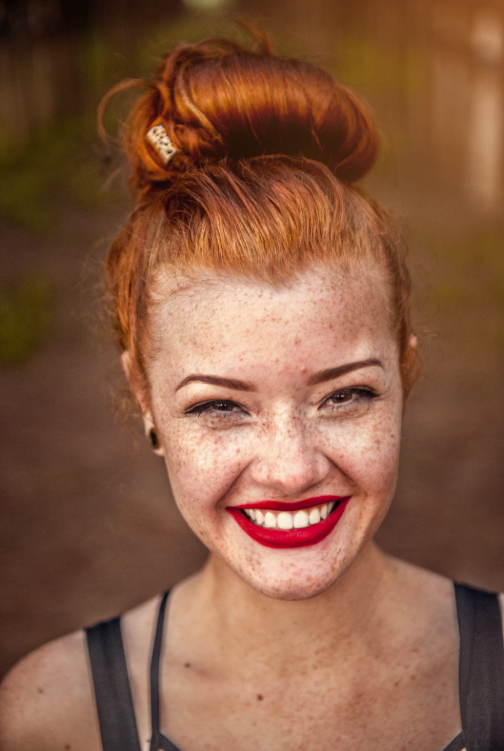 Spending time outside in the sun is fun, but not protecting your skin from the sun’s harmful rays can add years of sun damage to your skin. Luckily, if you know that damage has happened, you can take measures to correct it. Here are 5 symptoms of sun damage to look out for.
Spending time outside in the sun is fun, but not protecting your skin from the sun’s harmful rays can add years of sun damage to your skin. Luckily, if you know that damage has happened, you can take measures to correct it. Here are 5 symptoms of sun damage to look out for.
Sunburn
Sunburns are the most immediately noticeable signs of sun damage. If you have a sunburn, you are almost certainly aware of it. If your sunburn is mild, your skin will turn red and feel warm or hot to the touch. More severe sunburns blister, scar, and cause you to run a fever. Your skin may itch and peel. Any sunburn is a sign of damage to your skin so you should try to avoid getting burned in the sun as much as possible. While sunburns don’t last very long, usually only last a few days to a week, the deeper effects of the burned skin will last much longer.
Age Spots
Age spots are sometimes referred to as liver spots or lentigines. They are spots of discoloration that could be as small as a freckle or bigger than a quarter. They tend to show up more frequently and get darker as you age. They are caused from sun damage and can worsen from continued sun exposure. Unlike freckles, which are also brought on by sun exposure, these will not fade just by limiting your time in the sun. However, you can seek out laser procedures at a dermatologist’s office or medical spa to lessen or remove these spots.
Wrinkles
Wrinkles are a natural and unavoidable part of aging, but sun damage causes skin to wrinkle earlier and more deeply than it would otherwise. The exposure to sunlight weakens the fibers of your skin that keep it firm. According to some studies, the easiest way to control how quickly your skin ages is to limit the amount of sun you expose your skin to.
Actinic Keratosis
Actinic keratosis is a rough, scaly patch of skin that may include raised bumps. These spots can be itchy and uncomfortable, not to mention unsightly. You might not notice these initially because they time a while, sometimes years to fully develop. They also sometimes turn into skin cancer, so make sure to keep an eye on it to make sure it does not get worse. It is a good idea to have your doctor watch for changes as well. To stop these from becoming skin cancer, your doctor will usually remove them, though they may also be helped with medication.
Rosacea
Rosacea, which appears as redness on the face and small, pus-filled bumps, is extremely common. While it can’t be cured, it can be controlled and symptoms can be reduced with medication. Rosacea is not usually caused by sun damage, but extended sun exposure will definitely exacerbate it. While rosacea is rooted in a person’s genetics, the sun can further harm the blood vessels under your skin, causing the skin on your face to be blotchy and red. This condition can become permanent over time.
It’s never too late to start protecting your skin from sun damage, even if you have already started noticing some of these symptoms. Limit you sun exposure by wearing long sleeves and hats when you can. Also, be sure to wear sunblock. Some people only wear sunblock when it’s especially hot outdoors and they plan to spend all day outside. However, you should be putting on sunblock with a high SPF every day, covering any skin that isn’t covered by clothing. If you notice any concerning skin issues, be sure to consult a dermatologist immediately.
Emma Sturgis
Recent Posts
- Castor Oil For Better Hair Growth: Is It Myth Or Fact?
- Exploring the Differences Between Sermorelin, Ipamorelin, Ibutamoren, GHRP2, and GHRP6: Understanding Their Role in Human Growth Hormone Regulation
- Unraveling the Mystery: Understanding the Causes and Prognosis of Ventricular Tachycardia Without Apparent Heart Disease
- Understanding Grandparents’ Rights in Oklahoma: Navigating Visitation and Legal Protections
- 10 Reasons to Consider Hypnotherapy for Your Health

